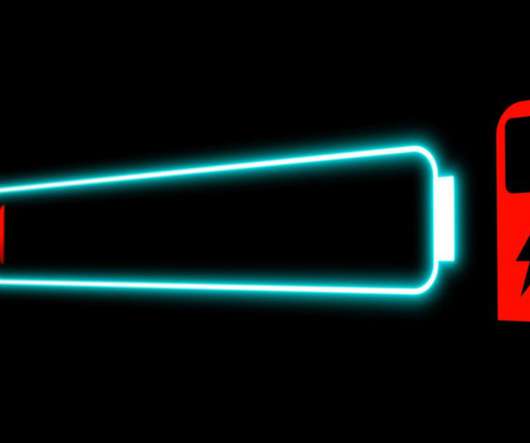EIA: US energy-related CO2 fell by 2.8% in 2019, slightly below 2017 levels
Green Car Congress
MAY 11, 2020
in 2019 to 5,130 million metric tons (MMmt), according to data in the US Energy Information Administration’s (EIA) Monthly Energy Review. In 2019, CO 2 emissions from petroleum fuels—nearly half of which are associated with motor gasoline consumption—fell by 0.8%, and CO 2 emissions from the use of natural gas increased by 3.3%.

























Let's personalize your content